SAME THINGS MAKE US LAUGH, MAKE US CRY by Allen-Golder Carpenter
032c Gallery is pleased to present "SAME THINGS MAKE US LAUGH, MAKE US CRY," American artist Allen-Golder Carpenter’s first solo exhibition in Berlin, on view from June 28-July 28, 2025.

Same things make us laugh, make us cry, 2024-2025
Screens, PS2, controllers
70 x 90 x 50cm
70 x 90 x 50cm

(left) Rain 1 & Rain 2 (RIP Gakirah Barnes), 2025; (right) Same things make us laugh, make us cry, 2024-2025
Grand Theft Auto: San Andreas gameplay cutscene

20v1 / Blood In My Eyes (Thug Cube 2), 2025
Plywood structure, paper, impasto gel, glass panel, Grand theft auto game
200 x 100cm
Historically, rain has been associated with abundance, as it ensures the growth of crops, making for a plentiful harvest. But rain has also been heavily associated with sorrow, destruction, and loss—most famously in the story of Noah’s ark, where much of the world was wiped away by a rain that lasted 40 days and 40 nights. This presentation is centered around a theory present in my practice that I simply refer to as “Subject vs. Environment.” It deals with the relationship individuals have with their surroundings—how they are shaped, influenced, and perceived based on the circumstances, and how they, in turn, react to those surroundings as an individual. Essentially, if you take someone with a ”bad” habit that some consider “ghetto” or “lower class,” what cocktail of influences led them to that behavior? Being a Black person from one of the many underserved urban centers of America, I have witnessed firsthand the battle between a person and the world around them, as well as the various methods, pathways, and coping mechanisms adopted to navigate that battle—including, young people becoming addicted to drugs to cope with heavy losses of loved ones; gang related violence; mothers working multiple jobs to support their children; and those who completely disassociate with their background out of internalized shame, abandoning those around them at the first chance for something better.
I metaphorically visualize this dynamic with a chart I designed, centered around the concept of “drought,” which is historically associated with famine, and I use it to represent the lack of access to resources that many people in communities like mine and others around the globe are faced with. On one side of the chart is “rain” and on the other side is “tears,” with “drought” in the middle.
Gakirah “K.I.” Barnes, the subject of one of the paintings in the exhibition, became Chicago’s notorious “Gang Girl” by the time of her untimely death at age 17. Before falling into gang life, she was described as a good student and shy child, who eventually succumbed to the influences of her environment, being surrounded by gang culture and violence since birth as her entire family was gang-affiliated. Two pictures of her sit at each end of the chart in the painting: one of her in a cap and gown above the word above the word rain, which symbolizes her future and promise. Rain is also associated with cleansing but who do we decide is in need of cleansing? The other picture of her is from her time as a gang member and sits above the word tears, to symbolize the tragedy of her loss and the cycle she became trapped in.
In-between the two pictures is an image of a flattened character model from the popular video game Grand Theft Auto: San Andreas. The name of the character in the game file is “GANG-GIRL.” This 2D image intended to be wrapped around a 3D model represents how people of certain backgrounds are flattened into narrow, 2D perceptions that leave no room for the actual person or place—not unlike how Baltimore is only known by many people from the TV show The Wire. I’ve taken multiple 2D textures for characters and stretched them to life-size works held within a plywood structure that’s somewhere between a provisional coffin and a burial crypt. Sitting up against that wood box are two PlayStation 2s and TVs on chairs.
Each of these PlayStation 2s is running the game Grand Theft Auto: San Andreas but one has a controller with all the buttons removed except for the combat button—thus, no player action or movement is possible except to fight with whatever is directly in front of you—and the other PlayStation has all the buttons on its controller intact except for the combat button. With it removed, you have complete “agency” over yourself, but you lack any way to meaningfully defend yourself. Visitors are invited to attempt to play the game under these conditions.
While the former represents the social conditions that cause those within underserved communities to fight each other, conjuring the “tears” of tragedy and its aftermath, the latter represents the sacrifices people make in exchange for lateral movement and access to higher parts of society. Is it better to sacrifice your freedom, agency, and ability to speak freely, or sacrifice your fellow people in exchange for the abundance of the “rain”? Is it worth risking drowning in the flood of your own rain because you sacrificed your arms to summon it?
— Allen-Golder Carpenter

Black Internet v4 feat. Emmanuel, 2025
Massillon (Intervention), 2023-2025 Screen
70 x 90 x 50cm

(left) Rain 1, 2025
Canvas, paper, impasto gel
80 x 100cm
(right) Rain 2 (RIP Gakirah Barnes), 2025
Canvas, paper, impasto gel
80 x 100cm

20v1 / Blood In My Eyes (Thug Cube 2), 2025, Details
Plywood structure, paper, impasto gel, glass panel, Grand theft auto game
200 x 100cm

Rain 1, 2025, Details
Canvas, paper, impasto gel
80 x 100cm

20v1 / Blood In My Eyes (Thug Cube 2), 2025, Details
Plywood structure, paper, impasto gel, glass panel, Grand theft auto game
200 x 100cm

20v1 / Blood In My Eyes (Thug Cube 2), 2025, Details
Plywood structure, paper, impasto gel, glass panel, Grand theft auto game
200 x 100cm

Socials









Thank you to our drinks sponsors Sokol Vodka and Monster Energy.
Credits
- Installation Photography: ZEYNEP FIRAT
- Event Photography: KEVON D
Related Content
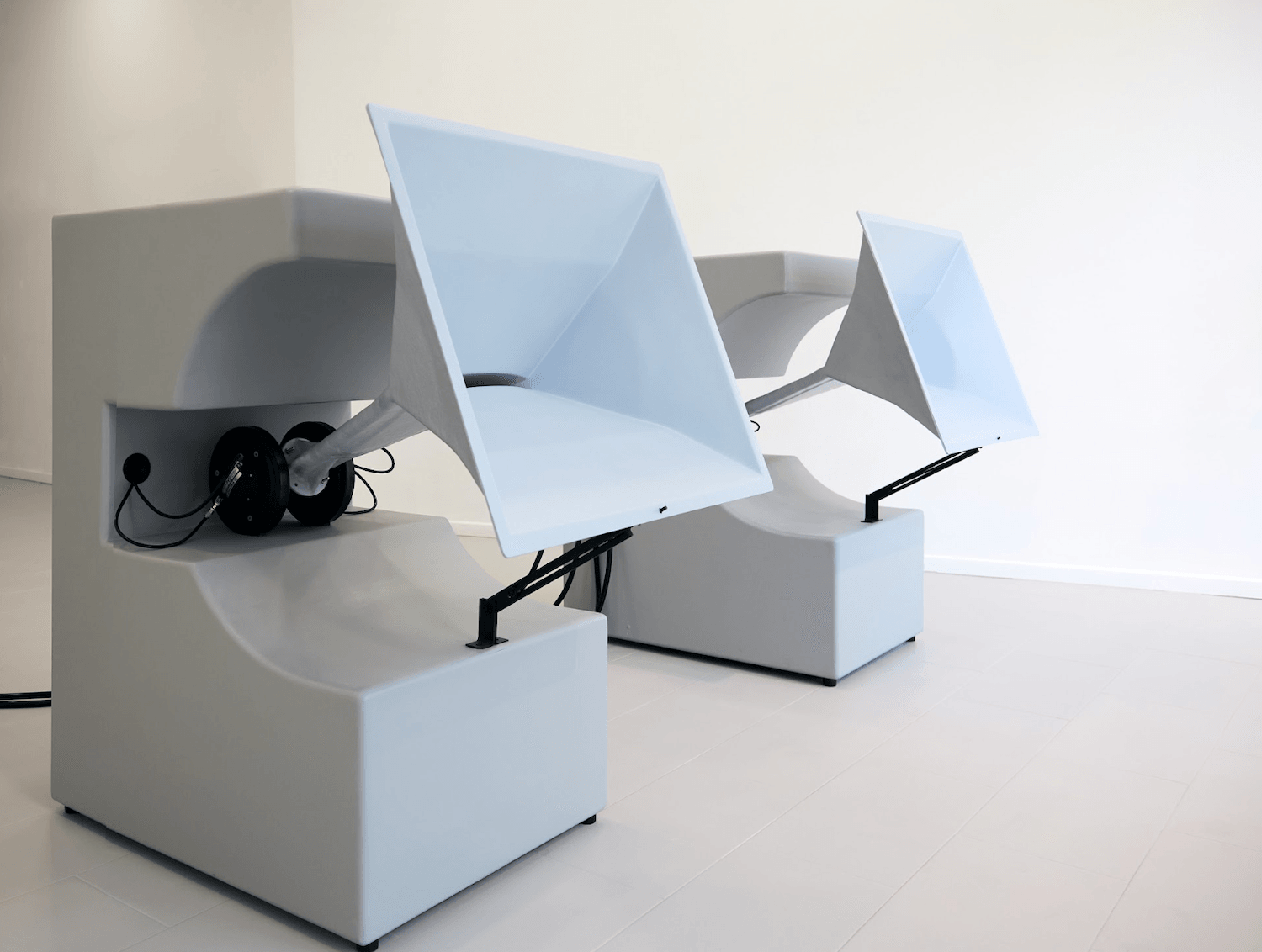
Chutes and Signals by Erwan Sene
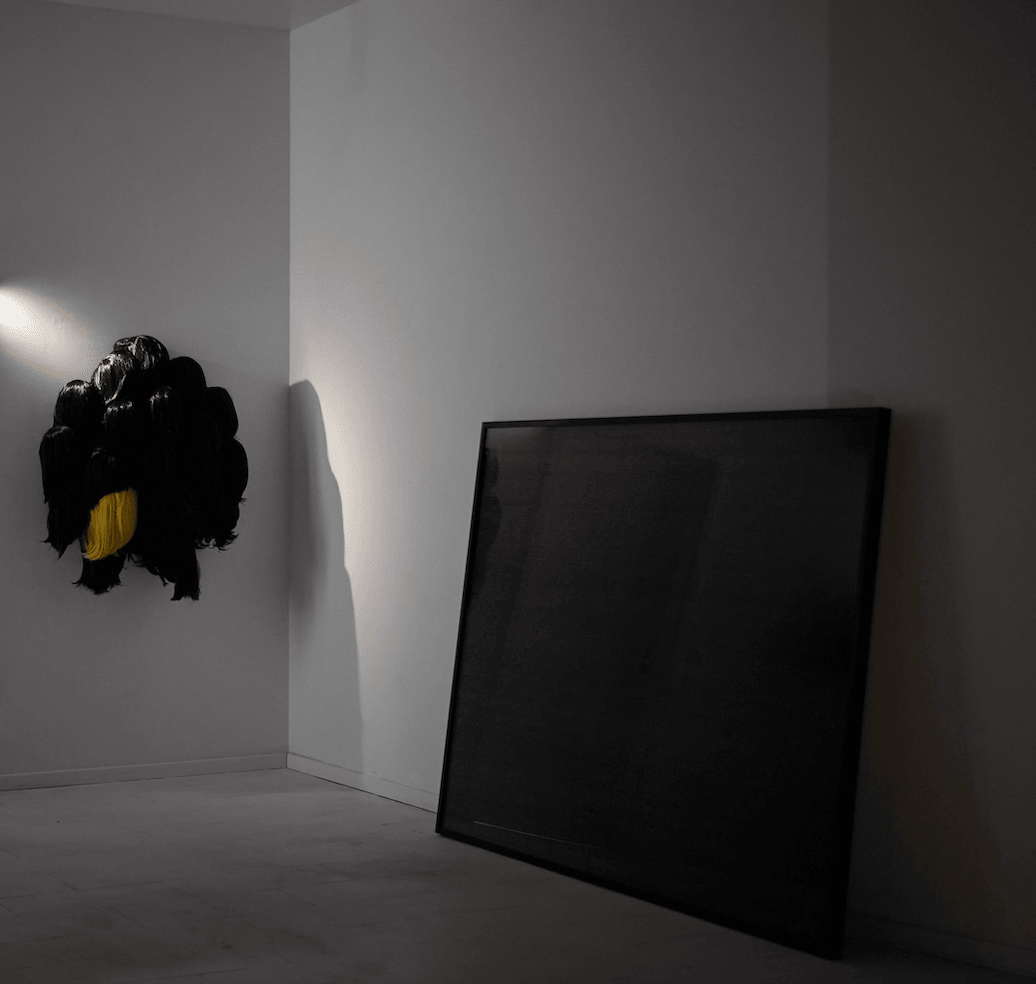
Doomscrolling

American Menace by Pouria Khojastehpay
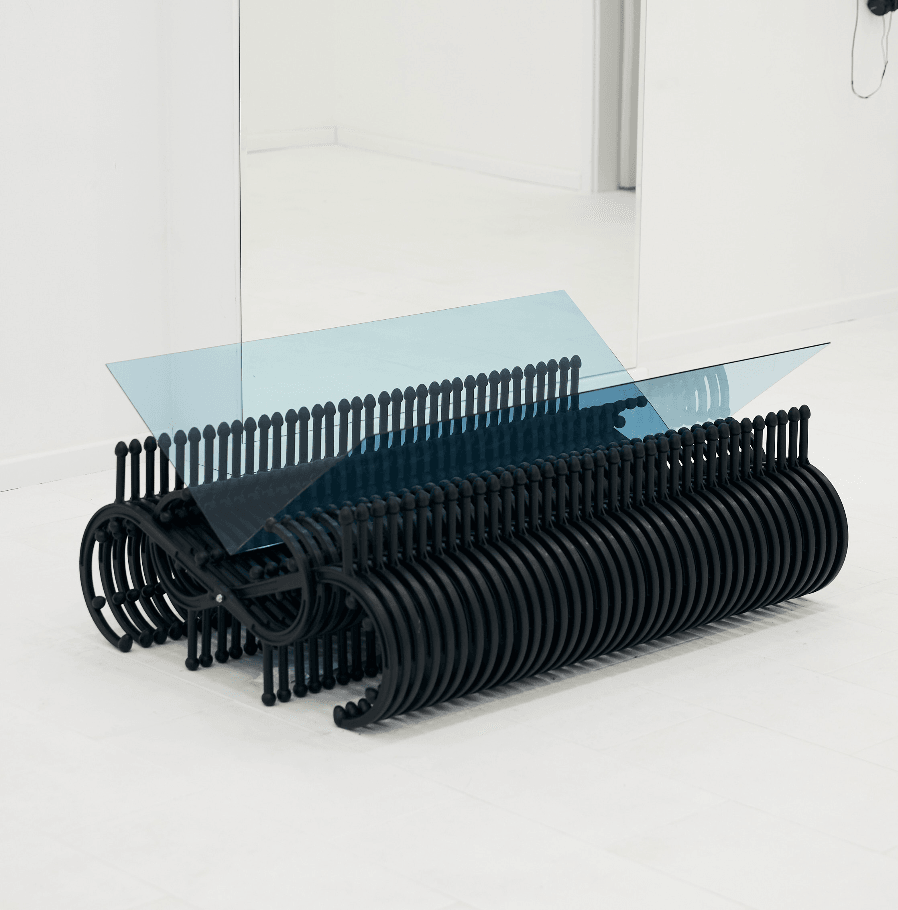
Content Industrial Complex
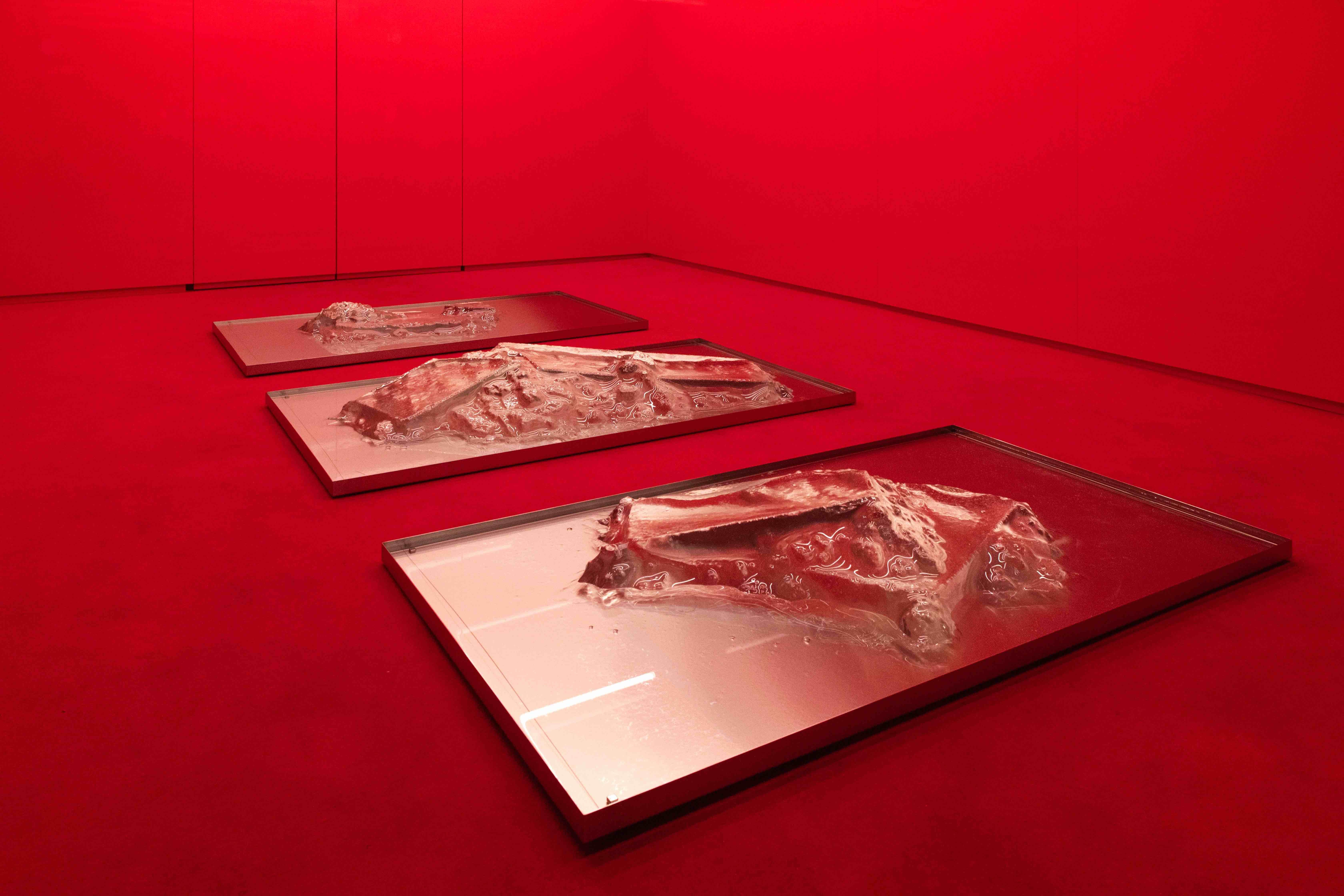
Do You Like Me? Do You See Me?
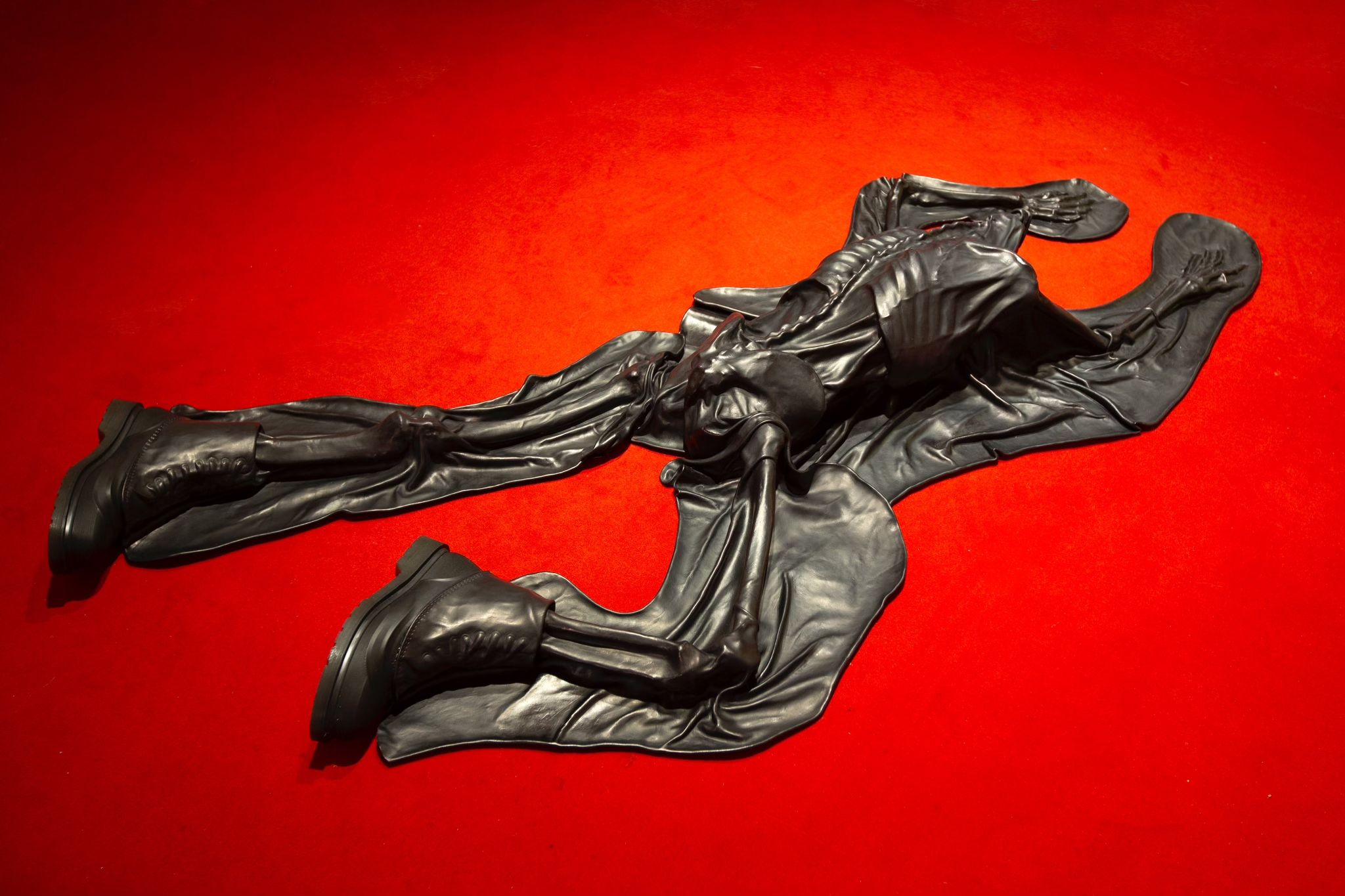
Undercurrents by James Bantone
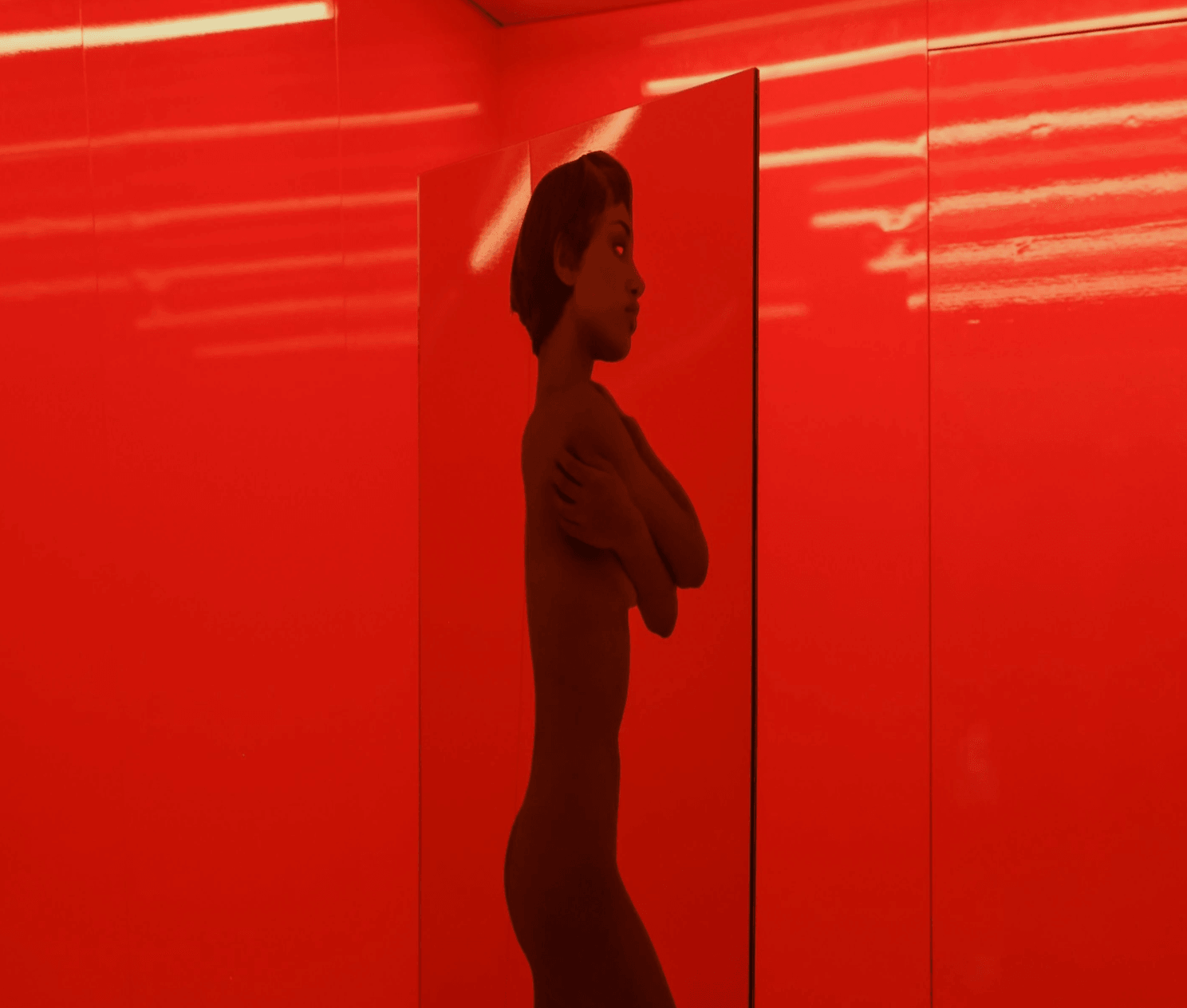
Productive Narcissism

032c Gallery opens in Seoul
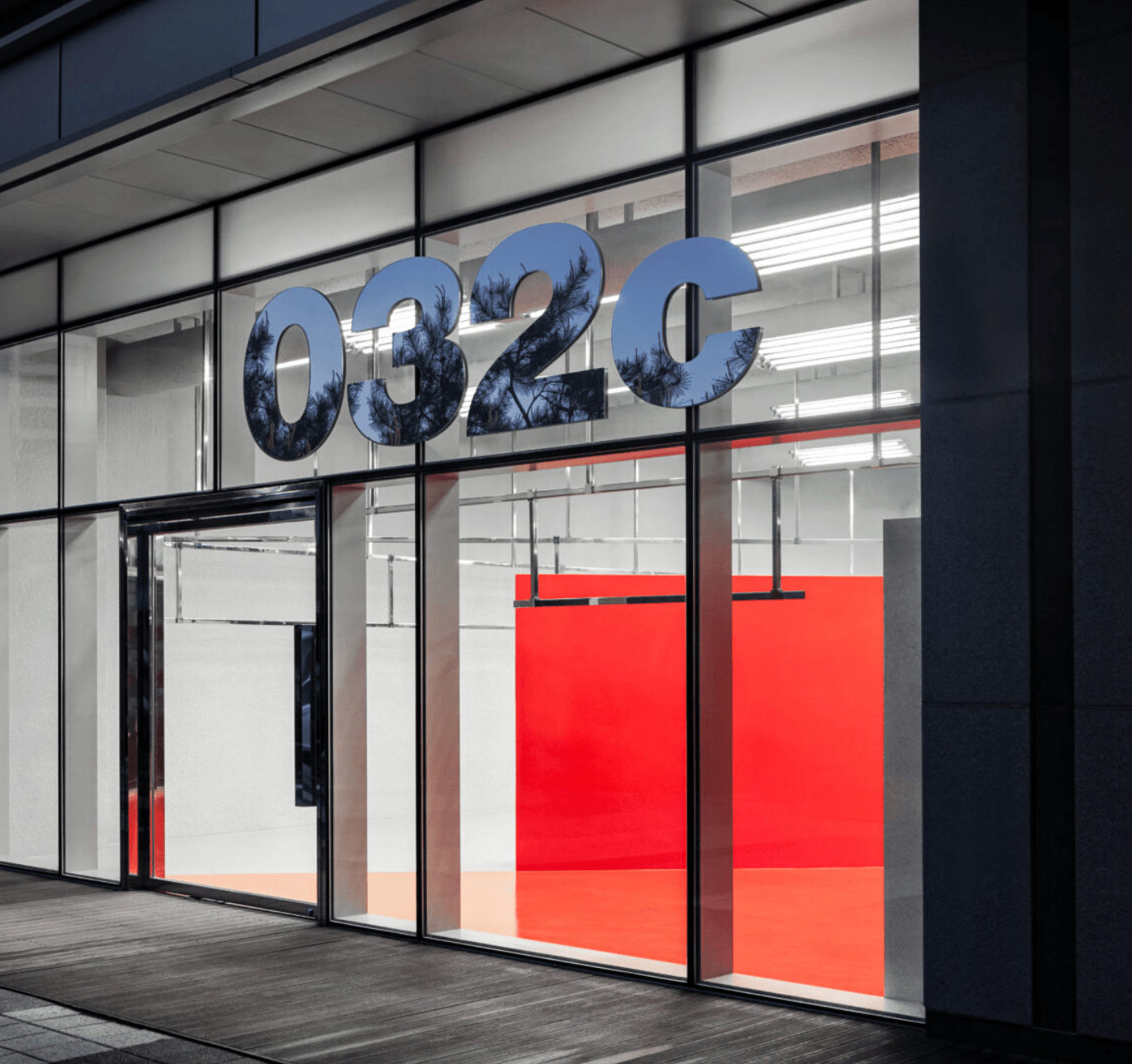
How Does Design Contribute to Human Catastrophes? Gonzalez Haase AAS

Press X to Play
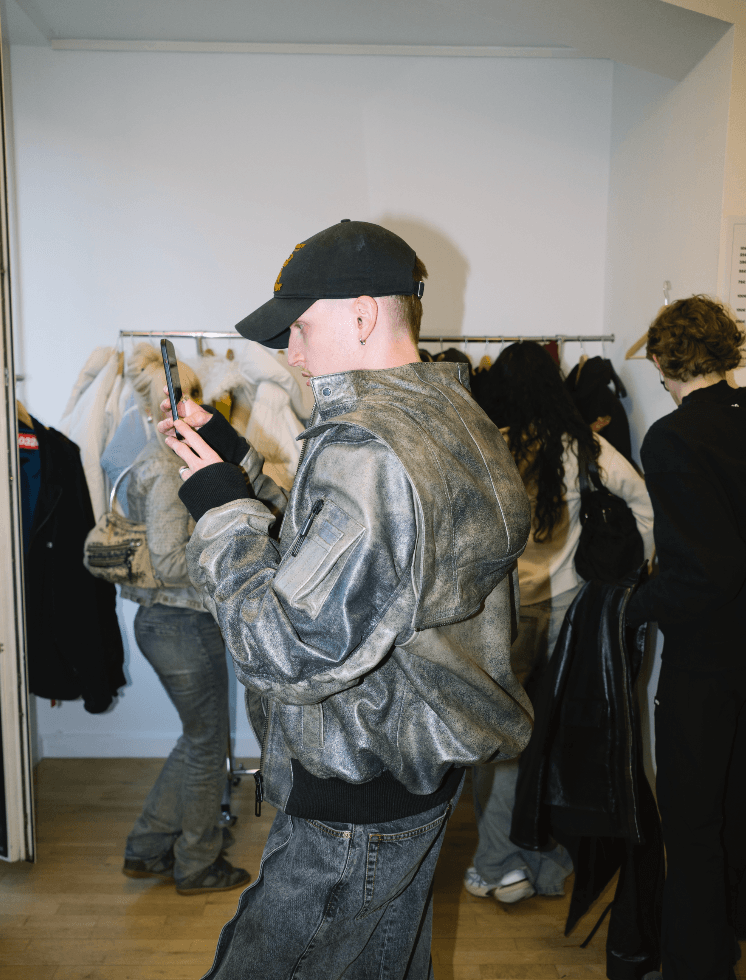
032c Annual Sample Sale
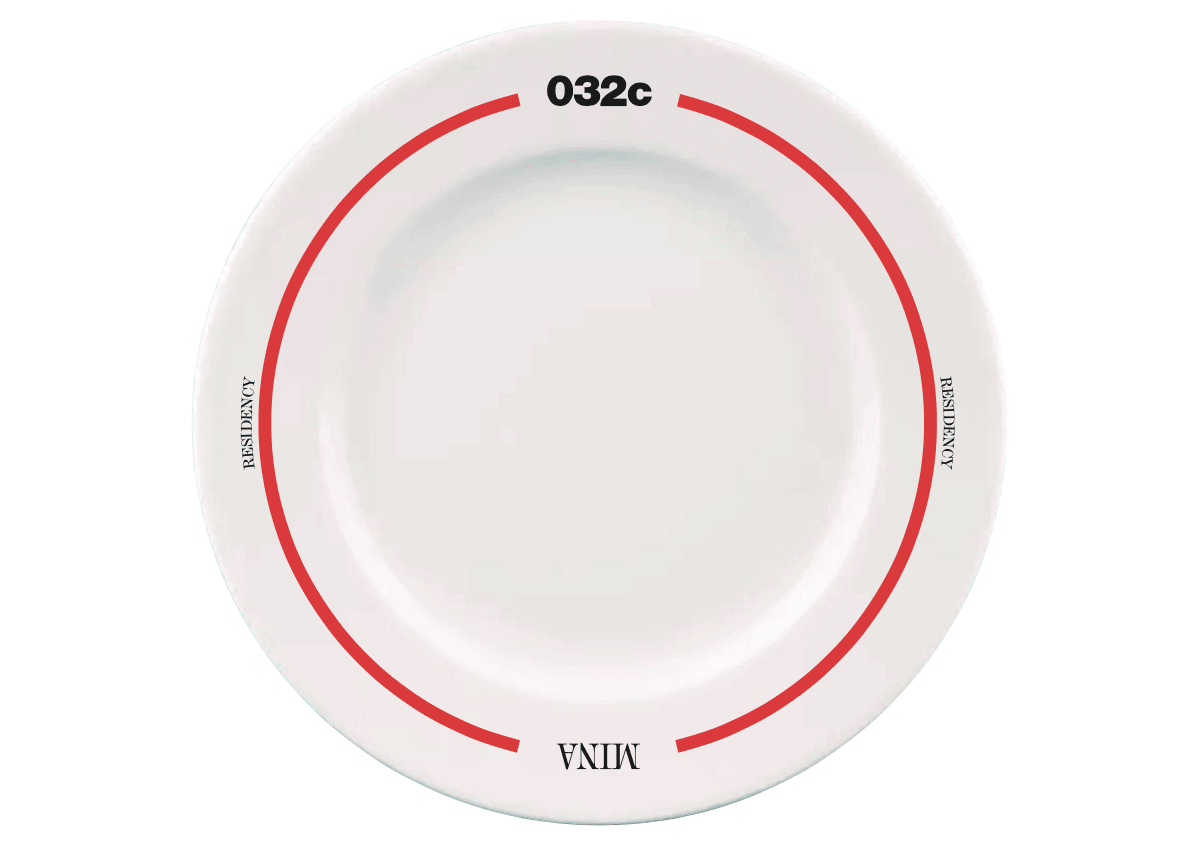
032c Mina Residency